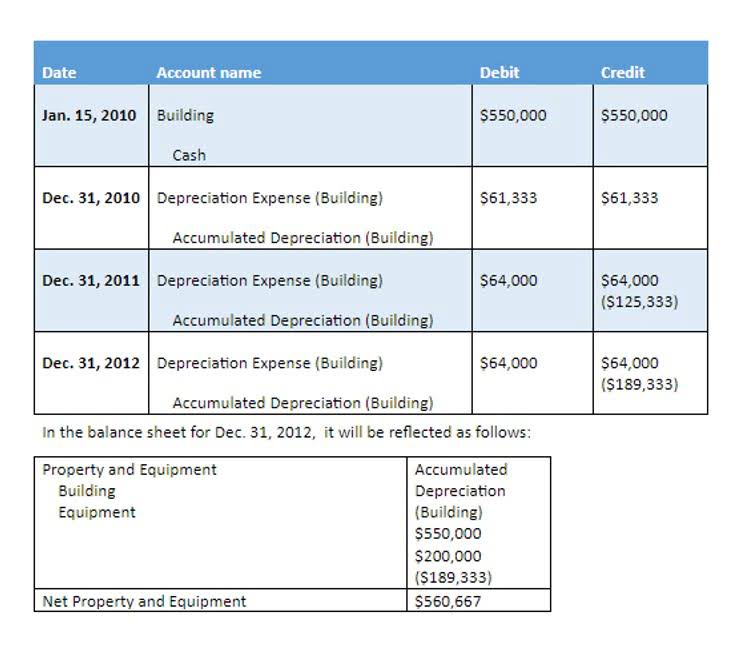
I rang up a $95 pair of yoga pants correctly for $95, but I miscounted the cash I received for the pants. The customer unwittingly gave me $96 for the purchase, an error we both failed to catch. The accounting system will show $95 in posted sales but $96 of collected cash. The journal entry for this sale would debit cash for $96, credit sales for $95, and credit cash over short for $1. Most retailers’ accounting systems have a cash over short account setup because they generally deal with cash sales everyday. HOA Accounting The “Cash Short and Over” account’s balance is closed out at the end of each accounting period.

Bookkeeping

In this case one balance sheet asset (cash), has been increased by 1,488 when the cash is banked. A firm should note instances of cash variances in QuickBooks a single, easily accessible account. This cash-over-short account should be classified as an income-statement account, not an expense account because the recorded errors can increase or decrease a company’s profits on its income statement. Assume the same situation except that I receive $94 instead of $96 for the sale.
Is the Cash Short and Over Account an Asset?
- These journal entries are crucial for adjusting the cash account to reflect the actual cash position accurately.
- Pocket Option offers a comprehensive suite of resources to help traders maintain financial accuracy and improve their trading outcomes.
- A negative result represents a cash short amount, while a positive number represents a cash over amount.
- Understanding cash over short is crucial for investors and financial analysts when evaluating the performance and accuracy of an organization’s financial reporting.
- When investors lose faith in the accuracy and reliability of financial statements, they might choose to sell their holdings or withdraw investments, resulting in decreased stock prices.
Inaccuracies stemming from cash over short incidents can damage a company’s reputation. Negative is cash short and over an asset publicity regarding financial mismanagement could deter potential customers and employees from associating with the organization. This, in turn, may result in additional costs for restoring trust and regaining market share.
- The same “Cash Short and Over” temporary account is utilized for recording overages.
- To record the cash register overage the business needs to enter the cash over of 14 as part of the journal entry used to record the sales as follows.
- The “Cash Short and Over” account’s balance is closed out at the end of each accounting period.
- To account for a shortage, the “Cash Short and Over” account is debited, which increases its balance and reflects the expense.
- The accounting system will show $95 in posted sales but $96 of collected cash.
- Contrary to popular belief, not all cash variances are indicative of fraudulent activities; most often, they result from human error or miscommunication among employees and departments.
- The term cash over and short refers to an expense account that is used to report overages and shortages to an imprest account such as petty cash.
What is the Journal Entry to Record a Cash Overage?

In summary, cash over short, float, petty cash, and reconciliation are all related concepts essential for maintaining accurate financial records. However, they have distinct differences that make them critical components of the broader accounting framework. Understanding these differences can help investors gain a clearer perspective when analyzing an organization’s financial statements and performance.
Related AccountingTools Courses
The primary purpose of a cash-over-short account is to help businesses monitor and record discrepancies between their reported sales figures and actual audited financial statements. It’s essential for internal control purposes, enabling companies to identify the source of any variances in cash levels and implement corrective actions if necessary. The data from this account can reveal valuable insights into why cash levels are not in sync, allowing organizations to strengthen their accounting procedures, controls, and employee training. Cash over and short discrepancies can influence the income statement by either increasing or decreasing profits due to the misalignment of reported sales figures and actual cash collections. The cash-over-short account is essential for identifying, investigating, and addressing these discrepancies to ensure accurate financial reporting. Minimizing cash over short discrepancies can help businesses maintain accurate financial records while improving accounting procedures, employee training, and software solutions.
- However, they have distinct differences that make them critical components of the broader accounting framework.
- Pocket Option provides advanced tools and analytics to monitor and manage cash effectively, helping investors reduce discrepancies and enhance trading efficiency.
- This account also provides companies with the ability to monitor the handling of cash, since it can apply to tellering operations too.
- Understanding these differences can help investors gain a clearer perspective when analyzing an organization’s financial statements and performance.
- It’s essential for internal control purposes, enabling companies to identify the source of any variances in cash levels and implement corrective actions if necessary.
- The cash over and short account is used to record the difference between the expected cash balance and the actual cash balance in the imprest account.
- Consequently, the difference ($1) goes into the cash-over-short account, which is classified as an income statement account.



